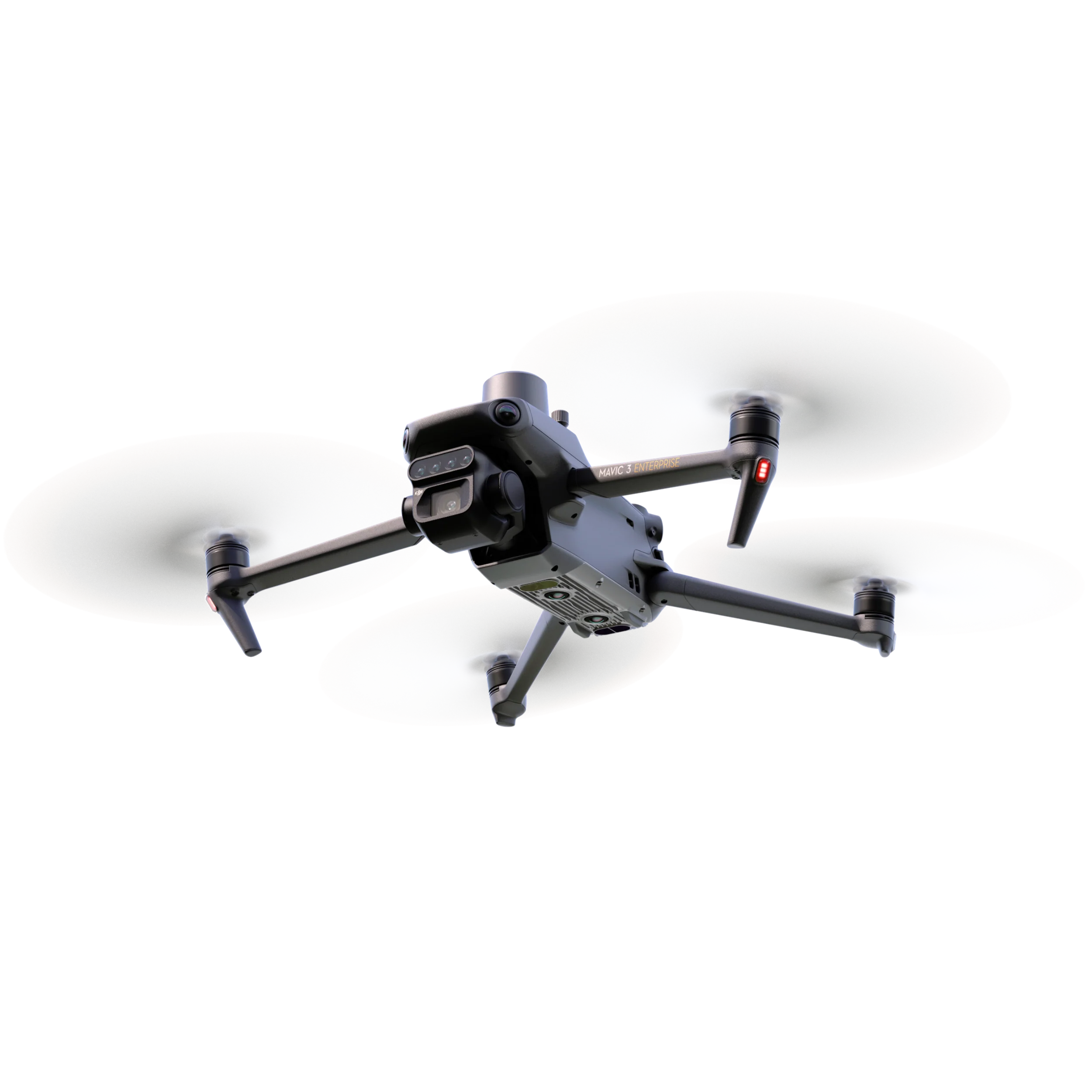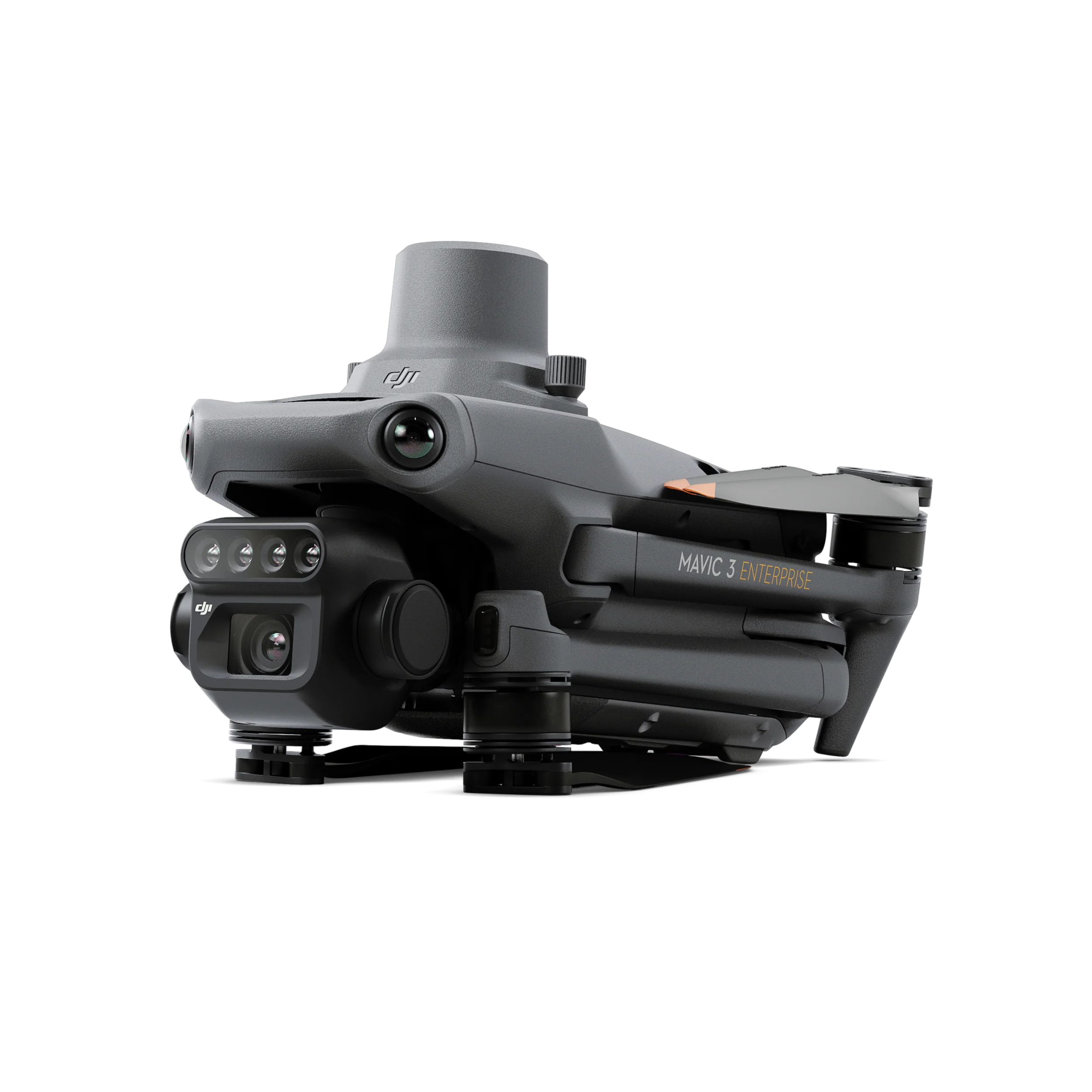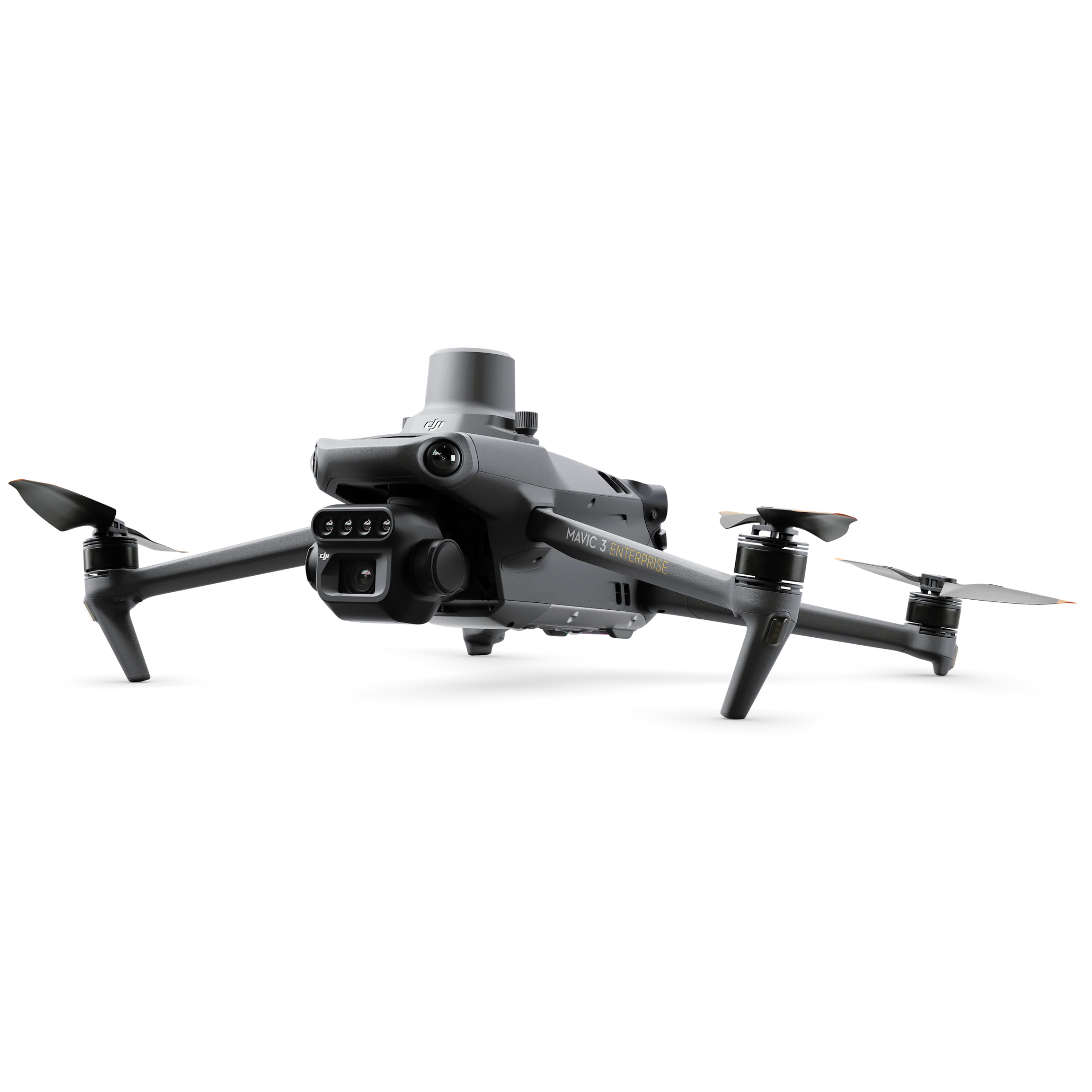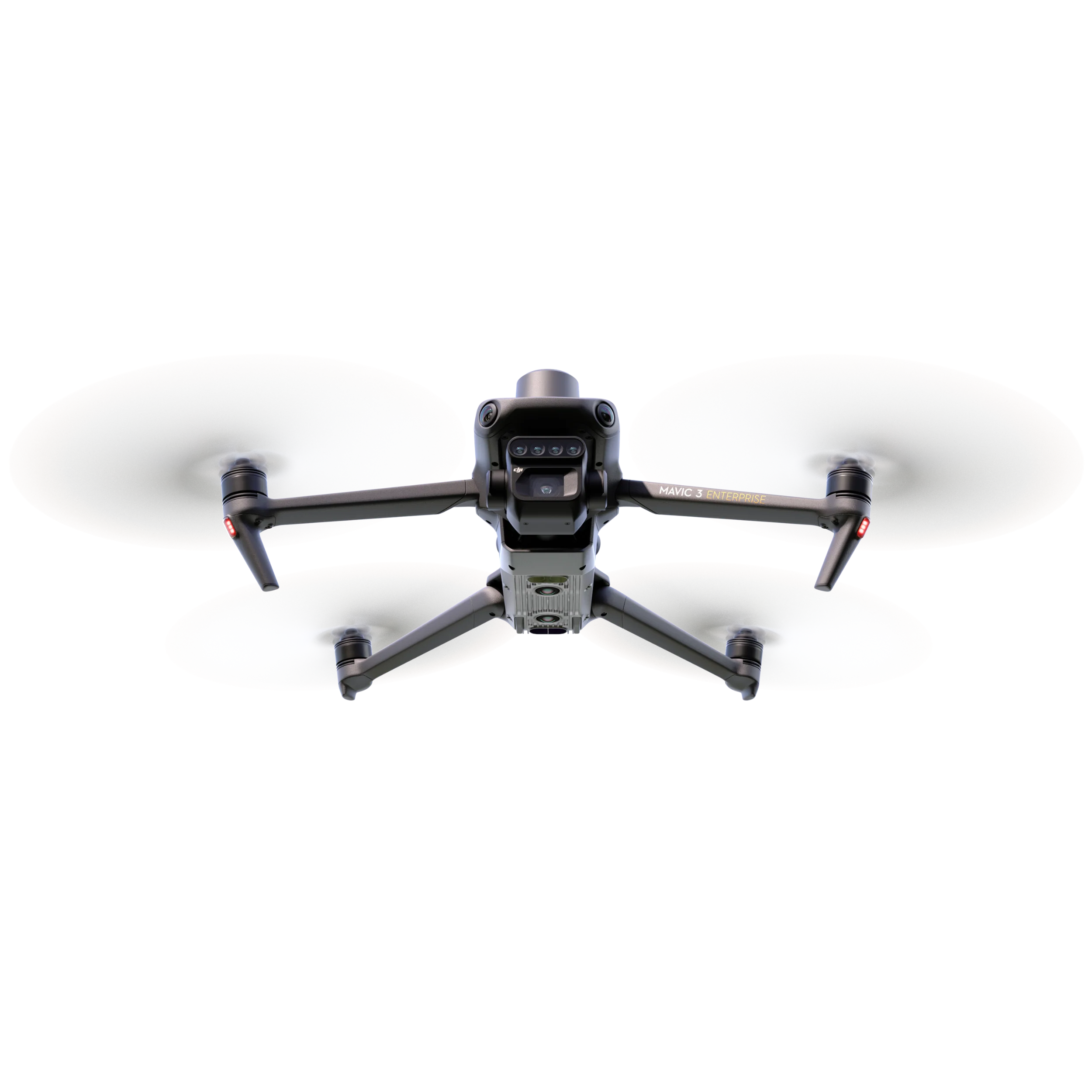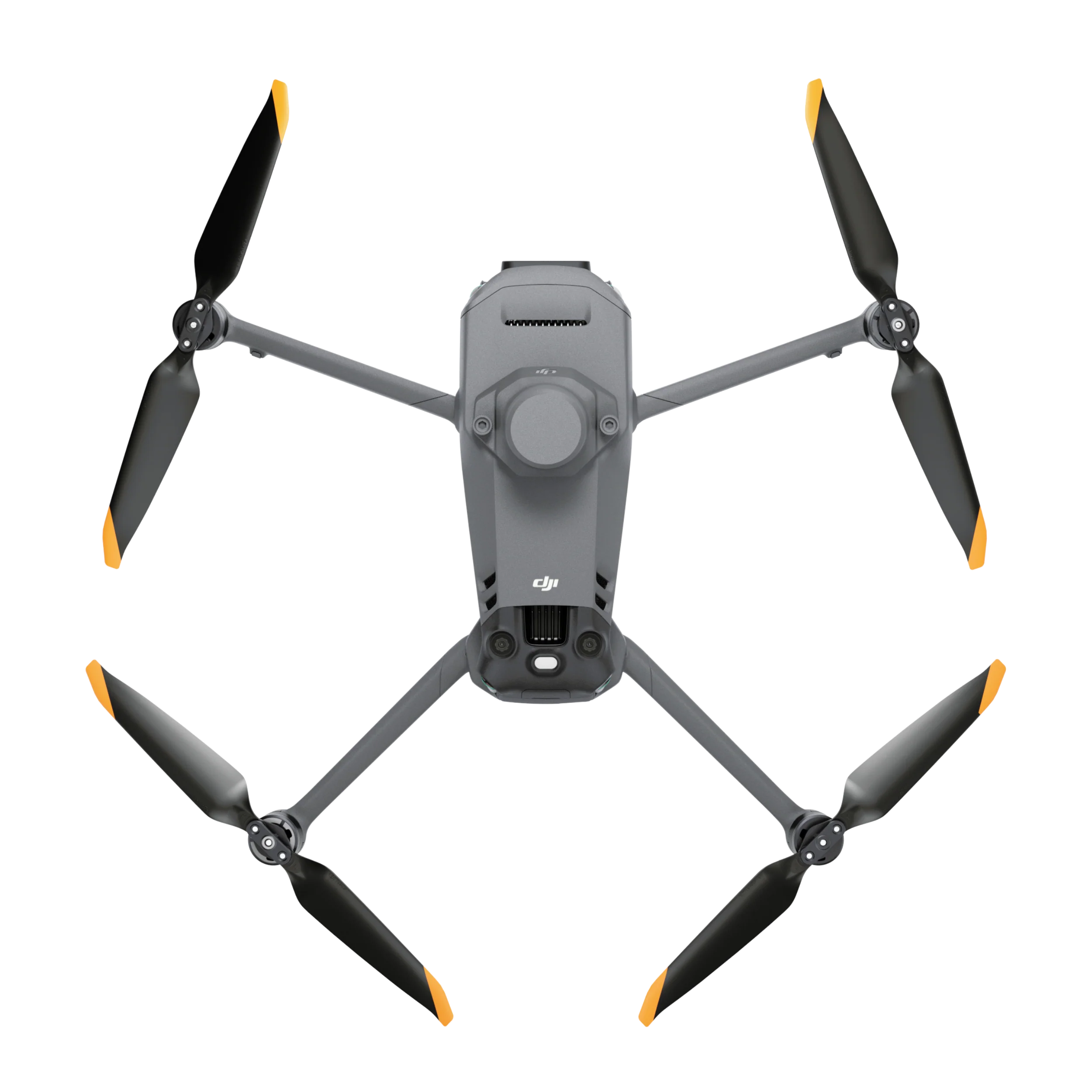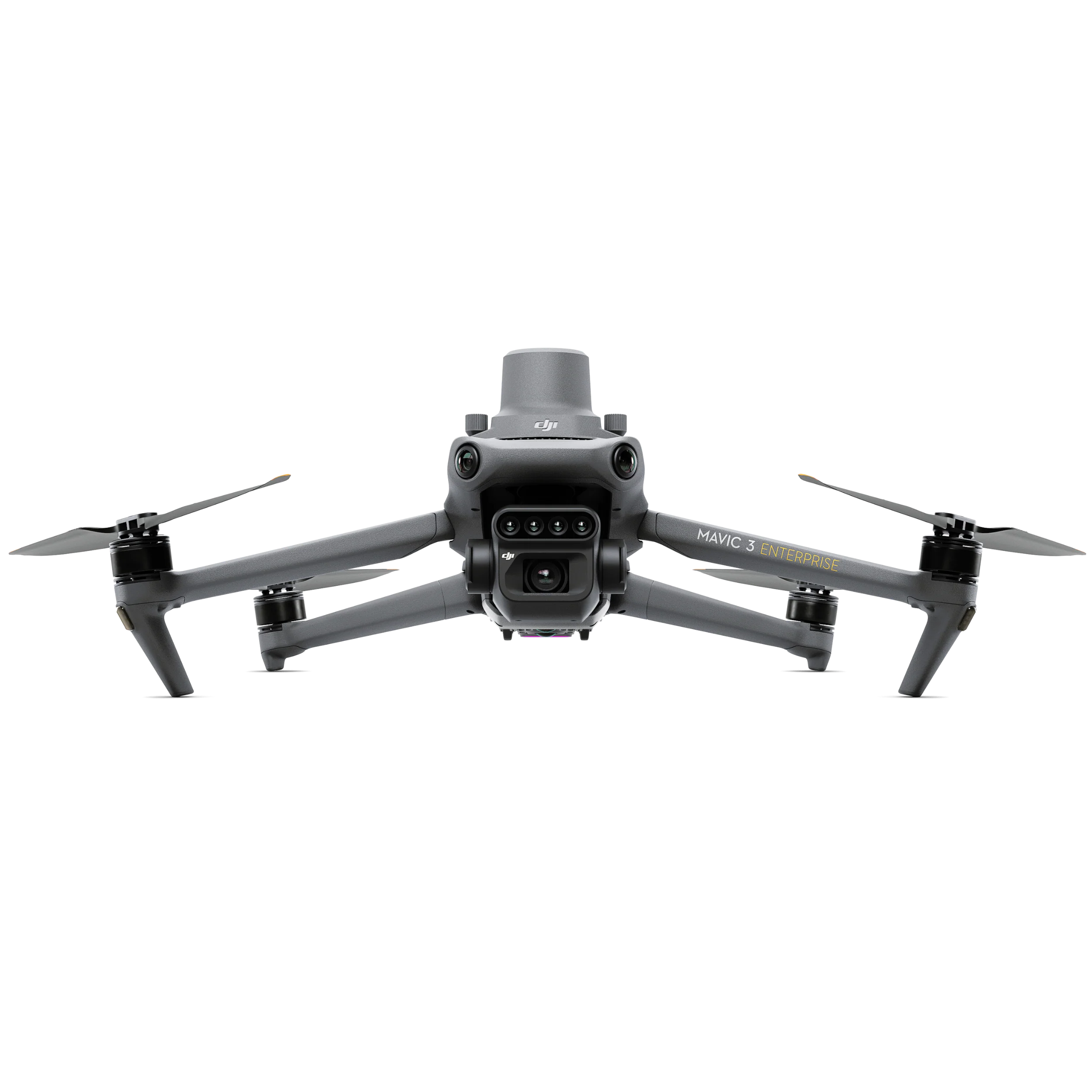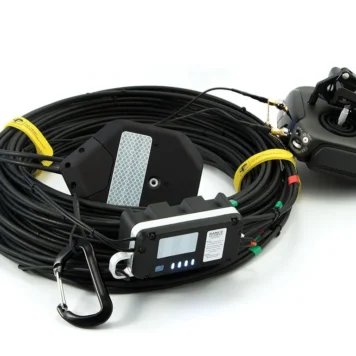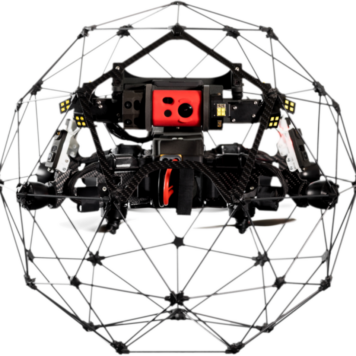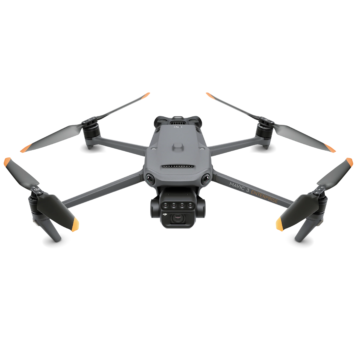Description
DJI Mavic 3 Multispectral
DJI MAVIC 3M
See More, Work Smarter

Effective aerial surveying needs to see the invisible. That’s why Mavic 3 Multispectral has two forms of sight. It combines an RGB camera with a multispectral camera to scan and analyze crop growth with total clarity. Agricultural production management requires precision and data, and Mavic 3M delivers both.
- Compact and portable – Foldable for easy storage
- Multispectral Camera – 4 × 5MP G/R/RE/NIR
- RGB camera – 20 MP 4/3 CMOS, mechanical shutter
- Safe and stable – Omnidirectional Obstacle Avoidance [1], 15km Transmission Distance [2]
- Precise positioning – Centimeter-level RTK positioning, Microsecond-level time synchronization
- Efficient aerial surveying – Up to 200 hectares per flight [3]
RTK Module
Accurate images that capture every pixel. Mavic 3M with RTK module for centimeter-level positioning. Flight control, the camera, and the RTK module sync in microseconds to accurately capture the location of each camera’s imaging center. This enables Mavic 3M to do high-precision aerial surveying without using ground control points.
Efficient and reliable battery life
- Ultra-long battery life, fast bursts. 43 minutes [4] Cruise time
- 200 hectare [3], A single flight can complete mapping operations over an area of 200 hectares.
Fast charging
- 100W Battery Charging Hub, High-efficiency fast charging
- 88W fast charging Aircraft
Stable signal, smooth image transmission
- The O3 transmission integrates two transmitting signals and four receiving signals to support 15km ultra-long transmission distances.
- With the optional DJI Cellular module [5], the 4G Enhanced Transmission and O3 Transmission Industry Edition work simultaneously to ensure signal stability and a safer flight, even in places where mountains or buildings obstruct the signal.
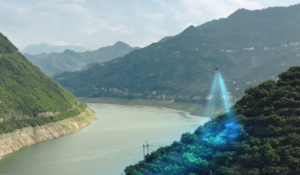
Omnidirectional obstacle sensing [1], terrain-follow aerial surveying
The M3M aircraft features multiple wide-FOV vision sensors that accurately detect obstacles in all directions for omnidirectional obstacle avoidance. The terrain-follow aerial surveying can be easily performed in steep-slope landscapes.
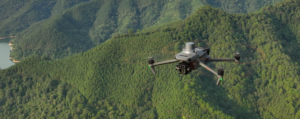
Applications
- Orchard mapping. Mavic 3M allows terrain-follow aerial surveying of orchards, even on sloped landscapes. Together with DJI Terra or DJI SmartFarm Platform [6] to reconstruct high-resolution orchard maps, automatically identify the number of trees, distinguish trees from other obstacles or objects, and generate three-dimensional operation routes for agricultural drones, making operations safer and more efficient.
- Guide variable rate applications. For rice fertilization, cotton growth regulation, and potato foliar fertilizer spraying, the Mavic 3M is used to obtain multi-spectral images of crops. DJI Terra or the DJI SmartFarm Platform [6] can then generate NDVI and other vegetation indices maps, capturing differences in crop potential and generating prescription maps that allow agricultural drones to execute variable-rate application. This ultimately allows users to reduce costs, increase yield, and protect the environment.
- Intelligent field scouting. The Mavic 3M can carry out automatic field scouting. The field scout images can be uploaded to the DJI SmartFarm Platform [6] in real time through a 4G network. It can find abnormalities, such as emergence deficiencies, weed pressure, and crop lodging in a timely manner. It can also conduct intelligent analyses, such as cotton seedling identification and rice production testing, using AI identification for real-time sharing of crop growth information, guidance of agronomic activities, and easy management of 70 hectares of farmland by one person.
- Environmental Monitoring and Natural Resources Survey. The Mavic 3M can also be used in environment and natural resource surveys, such as water enrichment monitoring, forest distribution surveys, urban green area surveys, and more.
Order Your DJI Mavic 3 Multispectral Today, Add-To-Cart now. Or, request for formal quotation here.
Related Links:

